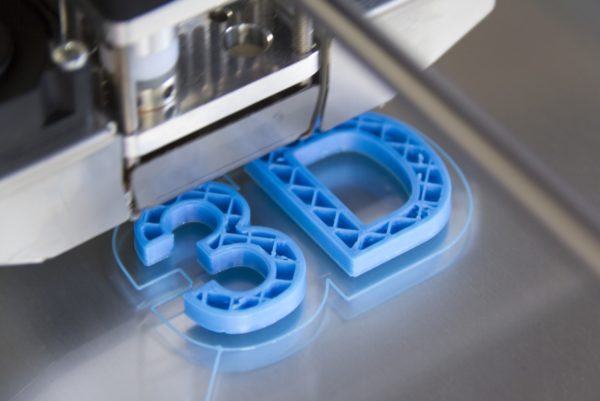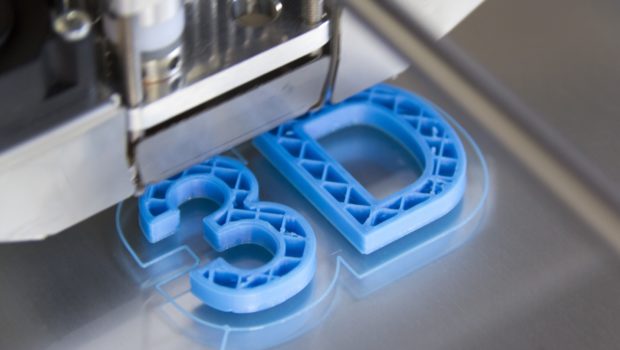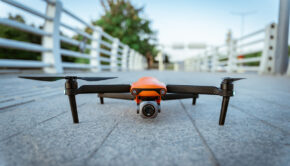How to Choose the Right 3D Scanner for Your 3D Printer
The global market for 3D scanning is expected to reach a staggering $8 billion by 2025. That impressive growth is fueled by many factors, including the rapid advancements in technology and the emergence of structured light technology.
Through the years, 3D scanning has rightfully earned its place in 3D fabrication workflows. Currently, this cutting-edge technology is used in multiple industries to start the construction of digital models. As demand for accurate 3d scanning in Los Angeles continues to soar, different models of 3D scanners have emerged in the market.
So how do you choose the ideal 3D scanner for 3D printer? What factors should you consider when making a purchasing decision? The truth is 3D scanners don’t come cheap and making the wrong choice can prove an expensive mistake.

It’s the reason we’ve prepared this comprehensive guide on how to choose the best 3D scanner for your application. But first,
What Is 3D Scanning?
3D scanning is a technology that allows you to capture the three-dimensional representation of a physical object using a 3D scanner. The scanner first analyses the physical object, collects its data, and creates a digital 3D model from it. Depending on what you want, you can save, edit, and even print the resulting 3D file from the scanner.
Different 3D scanners use different technologies, including industrial computed tomography, laser scanning, and structured light scanning. The equipment also has an array of applications, one of which is 3D inspection for industrial parts.
What’s the Relationship Between 3D Scanning and 3D Printing?
Simply put, a 3D scanner complements a 3D printer. It expands the capabilities of the printer so you can replicate the shapes of all kinds of objects. The two technologies work together to create an incredibly powerful digital workflow that simplifies processes in your industry.
Typically, outputs from 3D scanners are in the form of a mesh of triangles that represent the surface of objects at a real-world scale. This output can then be printed using a 3D printer into models that resemble real-life objects.
Tips for Choosing the 3D Scanner for 3D Printer
With 3D scanner manufacturers launching new models year after year, the options available for buyers are endless. But this vast array of options can make it difficult for you to decide which 3D scanner you should go for. Below, we outline the most important factors you should consider:
Accuracy
Generally, the accuracy of a 3D scanner ranges between 0.01 mm and 0.1 mm. For many people, this may not seem like much. However, accuracy is one of the most important factors when it comes to 3D scanning for professional applications.
So, what does accuracy mean in the context of 3D scanning? In simple terms, it’s how close to the physical object the scanned virtual copy is.
Where you’re buying a 3D scanner for industrial scanning, where precision is critical, you want to go for a highly accurate 3D scanner. Such a scanner will usually be pricier than other scanners that have lower specs. However, they’re worth the investment.
Resolution
Resolution refers to the least possible distance between two points within a 3D model. It is usually expressed in microns.
If you want to make highly detailed 3D models, then opt for a high-resolution 3D scanner. Such models are especially useful in applications like reverse-engineering, quality control, heritage preservation, animation, jewelry, and forensics.
However, keep in mind that some 3D printers may not be able to handle extremely high-resolution models. Therefore, if you’re getting a high-resolution 3D scanner, you may want to invest in a printer that’s compatible with it.
Speed
In business, every second counts. That’s why you need a 3D printer that can capture an object fast.
Based on the technology they use, different 3D scanners differ in terms of speed. An advanced structured light 3D scanner, for instance, can capture 2 million points of an object per second. That’s certainly impressive, but nothing compared to an advanced handheld 3D scanner that uses VCSEL technology and can capture 4 million points in less than a second.
A fast 3D scanner lets you capture an object quickly, which boosts productivity. If you usually engage in large, costly projects that you need to finish on a tight schedule, such a 3D scanner can come in handy.
Ease of use
You want to maximize the output of your 3D scanner and get the best 3D models using it. However, that is hardly possible if you can’t figure out how to utilize the scanner to its full potential. That’s why ease of use is such an important factor when you’re thinking of purchasing a 3D scanner.
Generally, mid and upper-range scanners are comparatively easier to use compared to the low level, cheap scanners. Professional 3D scanners usually come with automated features that do most of the job for you. The software in such devices is also more user-friendly and easier to learn.
Portability
Think about where you’re planning to capture the 3D data. Usually, this depends on your application.
If you work in a controlled environment or usually capture large objects, then a stationary 3D scanner is a great solution. However, if you work out in the field or are looking for a more flexible solution, then opt for a portable 3D scanner. Portable scanners are especially great for capturing hard-to-reach areas and can be maneuvered around those tricky angles easily.
Price
Regardless of the piece of equipment you intend to buy, price will always be a major factor. The thing to keep in mind is that cheap 3D scanners are rarely ever the best.
Typically, the higher the price of a scanner, the more features it will have. The cost of a 3D scanner also corresponds with its speed and quality. In short, if you’re interested in a scanner that will give you the best results for years to come, shun those low-priced options you see in the market.
Choosing the Ideal 3D Scanner for You Is Easier Than You Think
The kind of 3D scanner for 3D printer you choose will determine what experience you have with it and for how long you get to keep it. By using the tips we’ve provided in this guide, you can make the right decision.
Would you like to read more great content like this? Please keep visiting our blog.
















